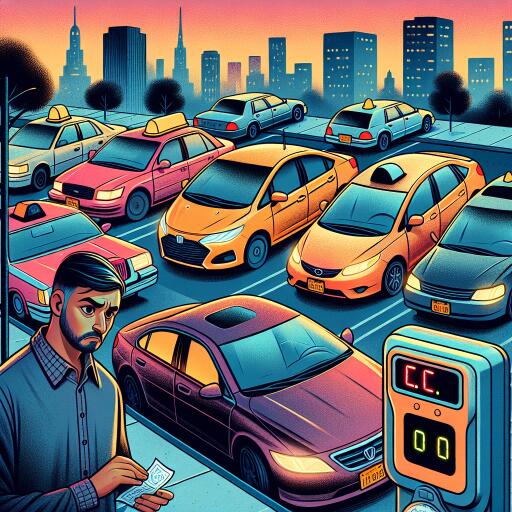5 Cars That Cost Uber or Lyft Drivers Money
For those considering driving for Uber or Lyft, choosing the appropriate vehicle is critical for maximizing profits. While some cars are lauded for their reliability and cost-efficiency, others can become financial burdens due to high maintenance costs, poor fuel efficiency, and significant depreciation. Let’s dive into the types of cars that could end up costing rideshare drivers more money than they anticipate.
Firstly, it’s essential to understand the regular expenses that cut into rideshare earnings, such as maintenance due to increased mileage—typically 30,000 to 45,000 extra miles per year—fuel costs, insurance, and depreciation. For comparison, consider the Toyota Corolla—a model known for its low cost, reliable performance, slow depreciation, and modest annual insurance rates of approximately $800. With a commendable fuel economy of 35 MPG, it stands as an ideal example of what comprises a good rideshare vehicle.
Cadillac Escalade ESV
The Cadillac Escalade ESV offers spacious luxury at a steep price, which includes not only the initial cost but also fuel consumption of just 16 miles per gallon on premium gas. This vehicle experiences a 41% depreciation rate, turning it into something of a financial sinkhole despite the allure of higher fares for XL rides.
Tesla Model S
Although the Tesla Model S is popular for its eco-friendly appeal and potential fuel savings due to its electric nature, it presents challenges in the form of high insurance rates and frequent, costly repairs. Investing in a Model S may not be economically viable for drivers focusing on profitability.
BMW 7 Series Plug-in Hybrid
The BMW 7 Series Plug-in Hybrid dazzles with its luxury and impressive 62 MPGe efficiency. However, the vehicle’s high depreciation rate, nearly half its value within the first five years, coupled with expensive maintenance and repair costs, make it a less desirable option for rideshare purposes.
Ram 1500 TRX
Despite its promising reliability among full-size trucks, the Ram 1500 TRX’s pitfall is its fuel efficiency—or lack thereof. With gas mileage only reaching 12 miles per gallon, fuel expenses can become exorbitant, although depreciation and insurance costs remain average.
Jeep Wrangler
The Jeep Wrangler may appeal to adventure enthusiasts, but its reliability ranks low among compact SUVs, with frequent and time-consuming visits to repair shops. While its maintenance costs are average for American-made vehicles, the downtime can translate into a loss of income for rideshare drivers.
In conclusion, while the allure of certain vehicles may be tempting for those driving with Uber or Lyft, it’s crucial to consider the long-term expenses associated with your choice. Opting for a car with low maintenance costs, good fuel efficiency, and slow depreciation can help ensure your ridesharing gig remains profitable.
